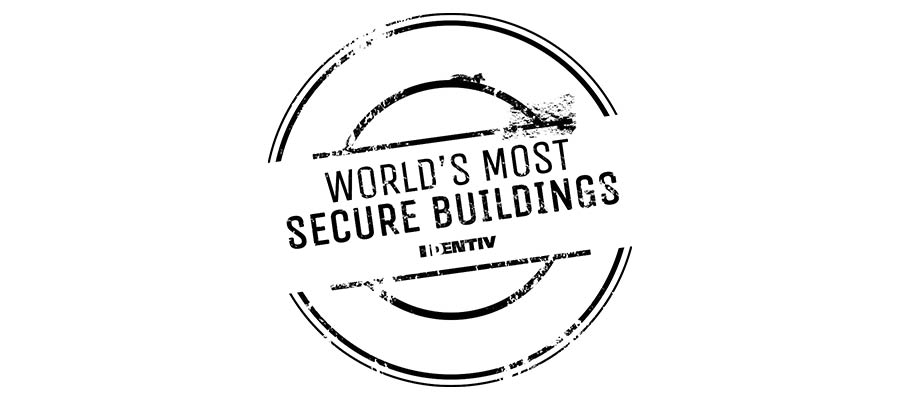The World's Most Secure Buildings: The Vatican Secret Archives
March 1, 2021
Known today as the
Vatican Apostolic Archives, the Vatican Secret Archives is the central repository in the Vatican City that houses all acts disseminated by the Holy See, or See of Rome.
The pope, as Sovereign of Vatican City, holds ownership of the material preserved in the archives until his death or resignation, with possession passing on to his successor.
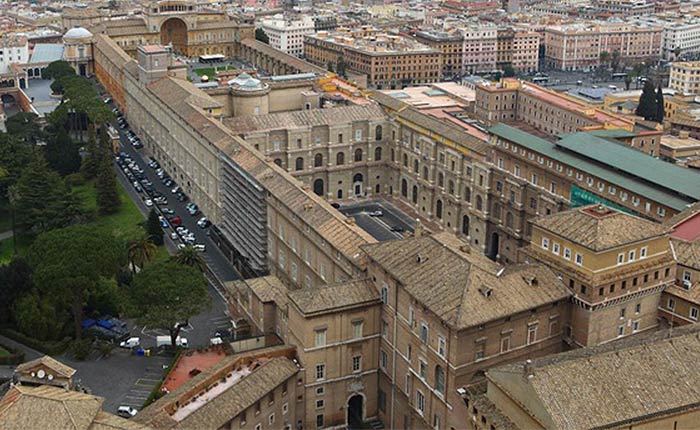
The Vatican Secret Archives includes state papers, correspondence, account books, and many other documents that the church has accrued over the centuries. Under the orders of Pope Paul V, the Secret Archive was separated from the Vatican Library in the 17th century.
As a result, scholars had very limited access to its records and the archive remained closed to outsiders. However, in the late 19th century, Pope Leo XIII opened the archive to scholars, thousands of whom now study some of its documents annually.
What makes the Vatican Secret Archives one of the world’s most secure buildings, and what is so “secret” about it?
The “Secret” Behind the Vatican Secret Archives
When you think of the Vatican Secret Archives, images of cryptic documents and buried secrets come to mind, but that is not all you can find in one of the largest collections of historical documents.
The Latin translation of the word “Archives” is “Archivum Secretum”. However, contrary to popular belief, it has little to do with the English meaning of the word “secret”.
In fact, the Latin word “secretum” refers more to something being private or personal rather than secretive.
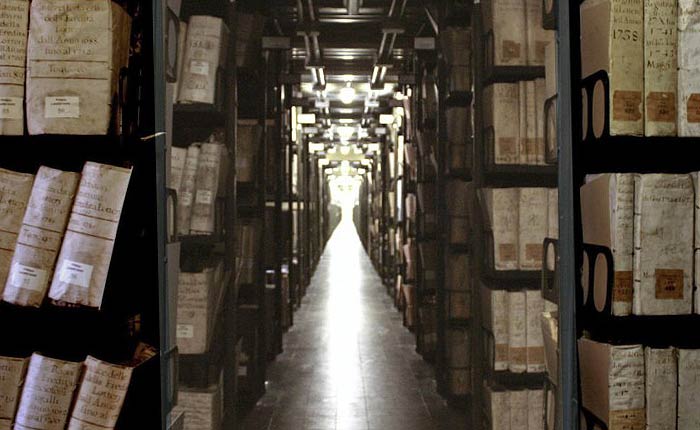
How Was the Vatican Secret Archives Built?
In the first century of Christianity, the Catholic Church was already preserving a substantial collection of records. Also known as the Holy Scrinium or the Chartarium, it usually voyaged with the existing pope. The vast majority of these documents are now misplaced, however, we know about them through references in later works.
Originally, the Catholic Church’s archival materials were kept at the Lateran Palace, then the official papal residence. By the 11th century, the archives were transferred to three discrete locations: the Lateran, St. Peter's Basilica, and the Palatine palace.
Between the 11th and the 13th centuries, a large part of these archives vanished.
During the 1404 sack of the Vatican, papal registers and historical documents were thrown into the streets, and Pope Innocent VII fled the city. His successor, Pope Gregory XII, apparently sold off a large number of archival resources in 1406, including some of the papal registers.
In 1612, Pope Paul V ordered all Catholic Church records to be collected in a single location.
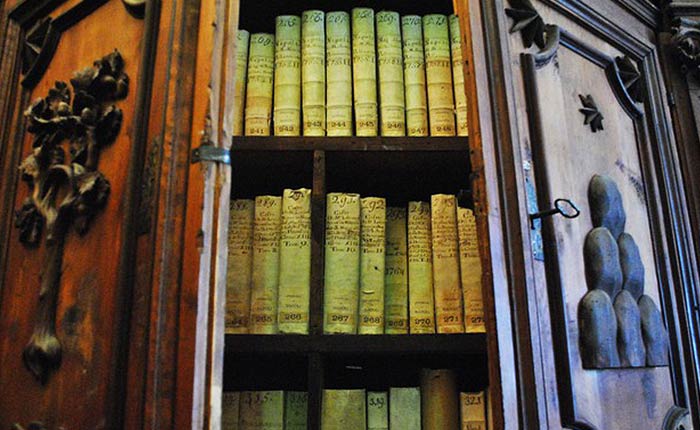
Who Can Access the Vatican Secret Archives?
19th Century Developments
In 1867, individual scholars were granted access to the manuscripts relating to the trial of Galileo. However, scholarly access was briefly interrupted after the dissolution of the Papal States in 1870.
The biggest reason behind limited access was the concern that Protestant scholars might use their access to defame or embarrass the Catholic Church. In 1879, Pope Leo XIII appointed archivist Cardinal Josef Hergenröther, who recommended allowing access to historians.
Eventually, the archives were opened on January 1, 1881 to allow research that was impartial and critical.
Access in the Contemporary Era
Although the archive has implemented policies that restrict access, popes have granted exceptions. For example, in 2002, Pope John Paul II allowed researchers access to documents from the historical archives relating to the Holy See's relations with Germany. The objective was to put an end to speculation about the Catholic Church's relationship with the Nazi Party.
The 2008 film Angels & Demons, adapted from Dan Brown’s book, also depicts a visit to the archive. The Vatican opened the archives to a select group of reporters in 2010 to dispute the film's treatment.
Since 2006, members of the archives department have been organizing the projected 16 million pages of documents to prepare them for inspection by scholars.
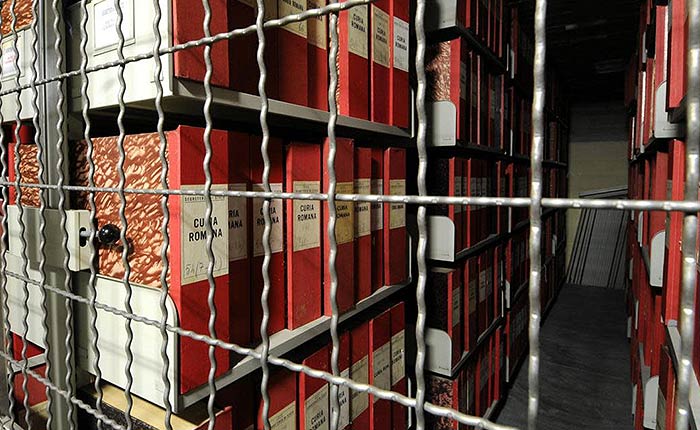
What Do the Vatican Secret Archives Include?
The Vatican Secret Archives is home to the largest collection of Catholic books, documents, and doctrine in the world. It boasts letters from well-known figures such as Abraham Lincoln and Mary, Queen of Scots. It has been assessed to contain 53 miles (85 kilometers) of shelving, with 35,000 volumes in the selective catalog alone.
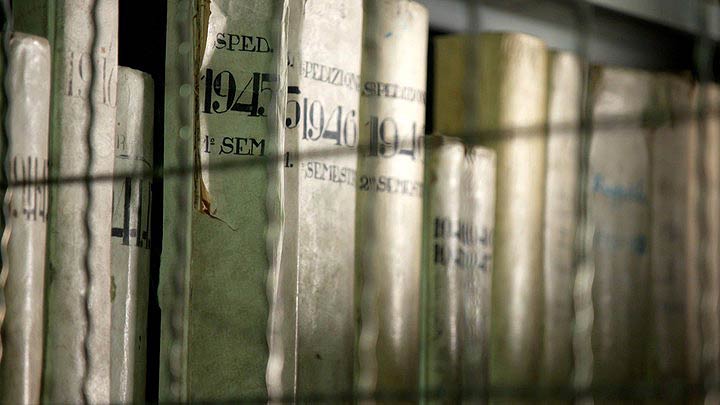
Some notable records preserved in the Vatican Secret Archives include:
Documents About Galileo’s Trial
The archive houses notes from the trial against the 17th-century scientist Galileo, who questioned the Catholic Church’s view about the movement of the Earth. This was the trial that led to Galileo being put under house arrest for the remainder of his life.
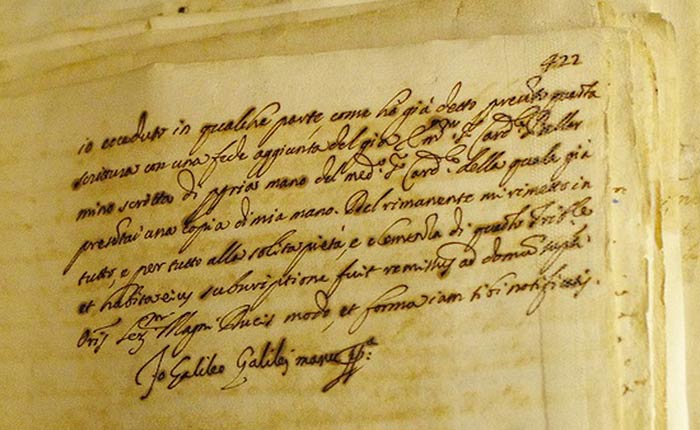
Donation Document
The oldest document in the archives is on a loose parchment page, indicating a donation to a church in Venice from 809 CE.
1493 Papal Bull
The papal bull from 1493 written by Alexander VI is also present in the archives. This document gave Spain more control of other lands and effectively divided Spain and Portugal.
1521 Papal Bull of Excommunication of Martin Luther
Written by Pope Leo X, the 1521 papal bull barred Martin Luther from the Catholic Church.
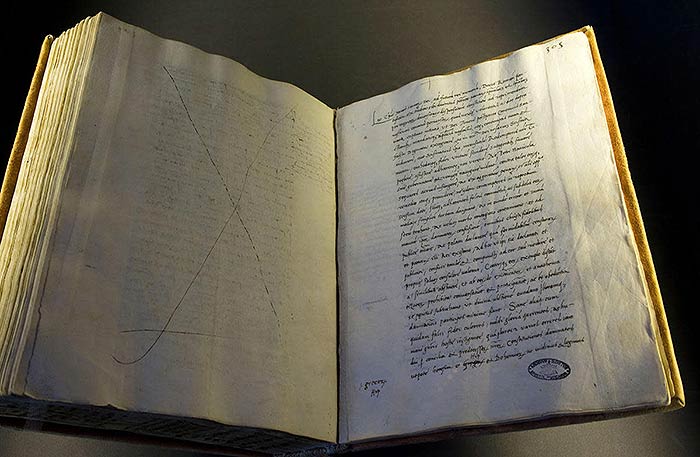
Letter from Mary, Queen of Scots
The archives also include a plea from Mary, Queen of Scots, months before her execution, requesting Pope Sixtus V to help save her life and to free her from prison. As the Pope decided not to intervene, she was executed in 1587.
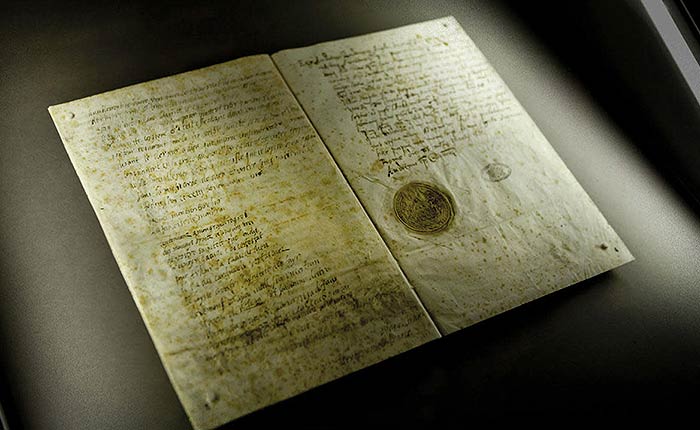
Letter from Henry VIII
The most renowned letter in the archives is the request from Henry VIII who wanted an annulment from his wife Catherine of Aragon so that he could marry Anne Boleyn. The letter was supported by the signatures of 85 clergymen, including the Archbishop of Canterbury.
However, the Pope denied the request, declaring it a direct threat to the Catholic Church. After the request was rejected, Henry VIII started the Church of England in order to give himself a divorce.
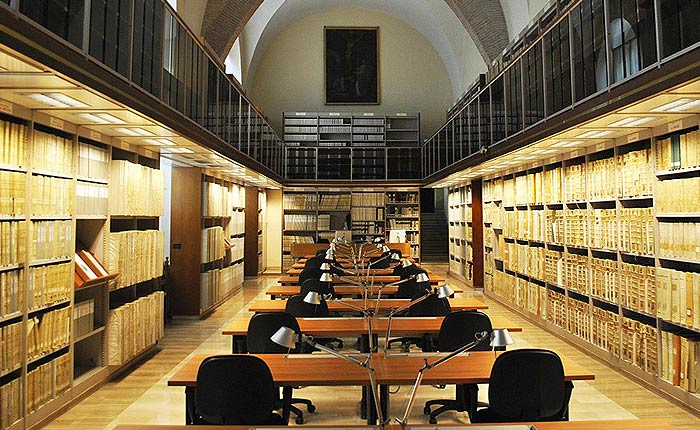
Digitization of the Vatican Secret Archives
In the early 21
st century, the Vatican Secret Archives started an internal digitization project for two reasons:
- To make the documents more accessible to scholars
- To help preserve aging physical documents
By 2018, the archives had 180 terabytes (TB) of digital storage capacity and had digitized more than 7 million images. However, given how vast the archives are, only a small fraction of the total material is accessible online. An even smaller percentage has been transcribed into searchable computer text.
The In Codice Ratio Project
In 2017, a project called In Codice Ratio was started in Roma Tre University that used artificial intelligence (AI) and optical character recognition (OCR) to transcribe more documents from the archives.
Although OCR software is proficient at reading typed text, the cramped handwriting style of the medieval script makes differentiating individual characters tough for the software. Even human readers confuse many individual letters of the alphabet as written in medieval script.
The project team tried to solve this challenge by developing machine learning (ML) software that could analyze the text. Their program ultimately accomplished 96% accuracy in analyzing this kind of handwriting.

What Makes the Vatican Secret Archives One of the World’s Most Secure Buildings?
Although most state archives are accessible to the public, the Vatican Secret Archives is positioned strictly in a fortress-like part of the Vatican. It has over 1,200 years of historical documents and manuscripts.
The biggest factor that makes the archives secure is that these documents were completely out-of-bounds to anybody outside the inner circle of the Catholic Church before 1881. It also has an underground vault known as “The Bunker”, a version of which was reconstructed in the film Angels & Demons.
Today, it is possible to request limited access. However, the process to get entry is among the severest anywhere in the world. Reporters, students, and amateur historians are prohibited from accessing the archives, and authorizations are only provided to academic researchers who have to renew their access requests every six months. The archives are only accessible to scholars once they are 75 years old.
When authorized, academics enter the Vatican via a specific entry point that is secured by the Swiss Guard. They are ushered into the archives where they can access up to three pre-requested documents in a day.
Another factor that makes the Vatican Secret Archives one of the world’s most secure buildings is that even though personal computers are permitted into the archives, photographing the content is prohibited. You will only see a few photographs of the 53 miles of archive shelving mainly because it is opened to researchers only.
Want to Secure Your Building?
Identiv’s physical access control system (PACS) and video intelligence solutions provide the highest security at the lowest cost. Robust, feature-rich systems, hardware, and software verify frictionless access managed from anywhere.
Learn more about our PACS solutions by contacting +1 888.809.8888 or
sales@identiv.com.
